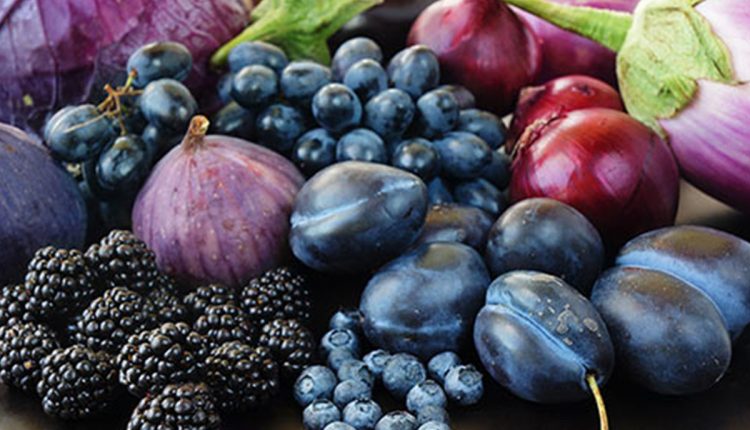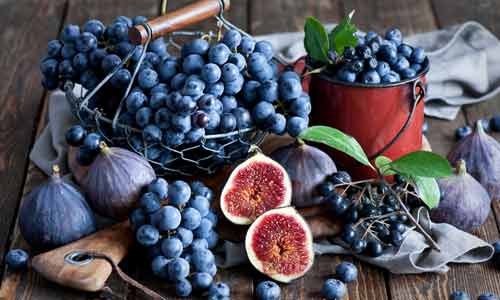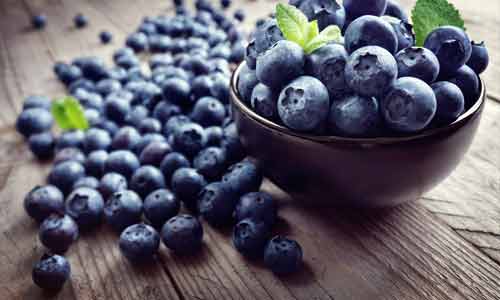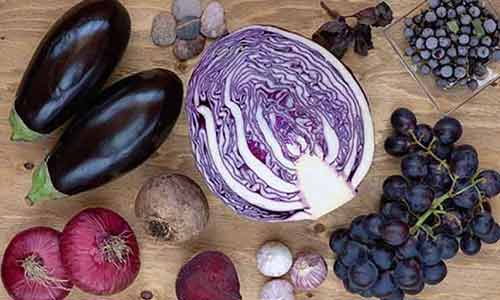
6 Benefits Of Eating Purple Vegetables And Fruits
The power of purple food goes far beyond its beautiful, vibrant color. Purple vegetables and fruits, such as plums, red cabbage, grapes, black currents, purple asparagus and eggplants are chock full of health benefits on account of their high antioxidant and nutrient density. In fact, the intensity of the purple color is usually related to the amount of nutrient the fruit or vegetable contains. The past two years have seen a surge in the sales and promotion of purple produce. Here’s why:
Benefits of Eating Purple Vegetables And Fruits
1. Help Prevent Cancer
Natural purple color comes from anthocyanins, a group of antioxidants. Purple produce is also rich in the antioxidant resveratrol. Antioxidants are chemical substances which protect cells from damage against harmful, highly reactive particles known as free radicals. They do so by interacting with the free radicals, stabilizing them and thus protecting the cells from any damage these free radicals may cause. Free radical damage may lead to cancer.
There is plenty of evidence from laboratory and clinical trials that indicate the efficacy of anthocyanins in cancer prevention. A 2010 study from the University of Porto, for example discovered that the anthocyanins in blueberries prevent the growth of breast cancer cells. Another study conducted at Ohio State University found that purple corn was the most effective food in combating colon cancer.

2. Skin Anti-aging
Free radicals, in addition to causing cancer can also accelerate skin aging. UVA and UVB radiation from the sun generate free radicals (which is also why sun exposure increases chances of skin cancer and wrinkle formation). The anthocyanins in purple produce help reverse and prevent the damage of UV rays on the skin—postponing of the breakdown of the fibrous protein collagen in the skin with age.
3. Weight Loss
Much recent research has suggested that anthocyanins have a significant potency against the development of fat cells and can therefore be used to prevent weight gain. A study conducted at the Sweet Potato Institute in China in 2015 found that rats that had been fed purple sweet potatoes lost more weight than those whose diet did not contain the purple potatoes. This is believed to result from an interaction between the anthocyanins and leptin, a hormone that regulates food intake and energy expenditure.

The evidence of the ability of anthocyanins to promote weight loss in humans is strong, but not conclusive. More research still must be done in the area.
4. Boost Cognitive Function
Free radicals also damage brain cells, contributing to brain aging and cognitive impairment. An extensive study published in the Annals of Neurology has concluded that the consumption of anthocyanin rich foods can slow mental aging in elderly women by up to two and a half years. Anthocyanins are also believed to play a role in boosting learning and memory.
5. Enhanced Heart Health
Anthocyanins and resveratrol are very effective at lowering blood pressure—more so than most other flavonoid pigments. High blood pressure is a significant risk factor for cardiovascular disease. These antioxidants also protect the heart by strengthening capillaries and reducing oxidative stress (through their anti-free radical effect). According to the findings of a 2013 study published in the journal Circulation, consumption of three or more servings of purple produce a week can reduce the risk of heart attack in women by about 30%.

6. Prevent Stomach Ulcers and Urinary Tract Infections
Purple fruits and vegetables help discourage bacteria from sticking to the mucus membranes of the bladder and urethra, preventing urinary tract infections. They also prevent H. Pylori, a bacteria that causes stomach ulcers, from adhering to the stomach lining.

